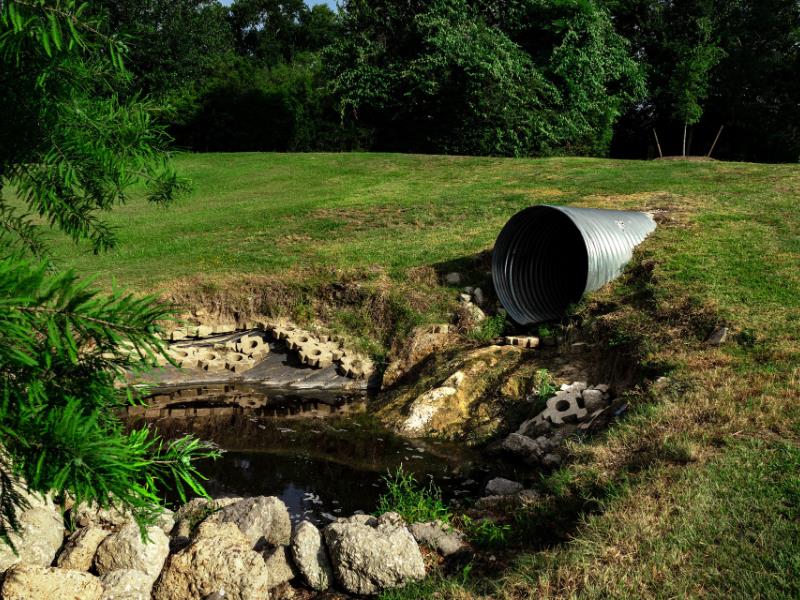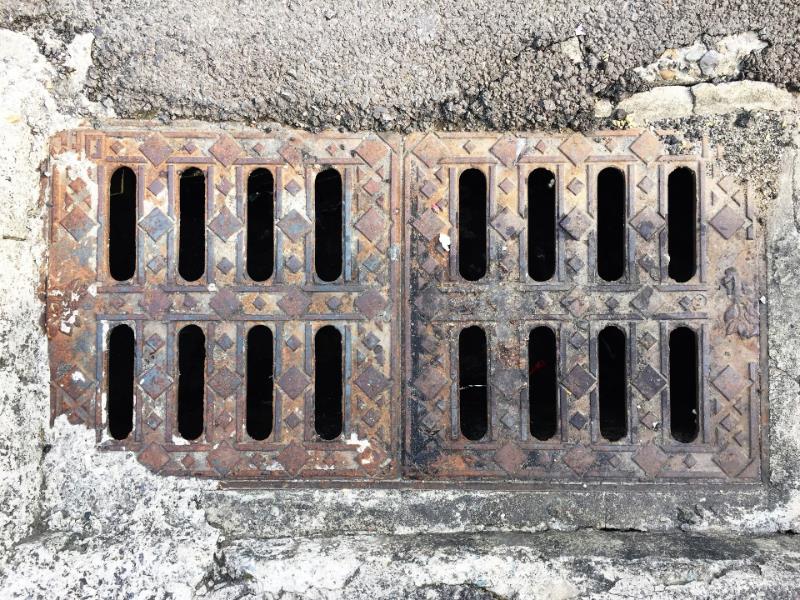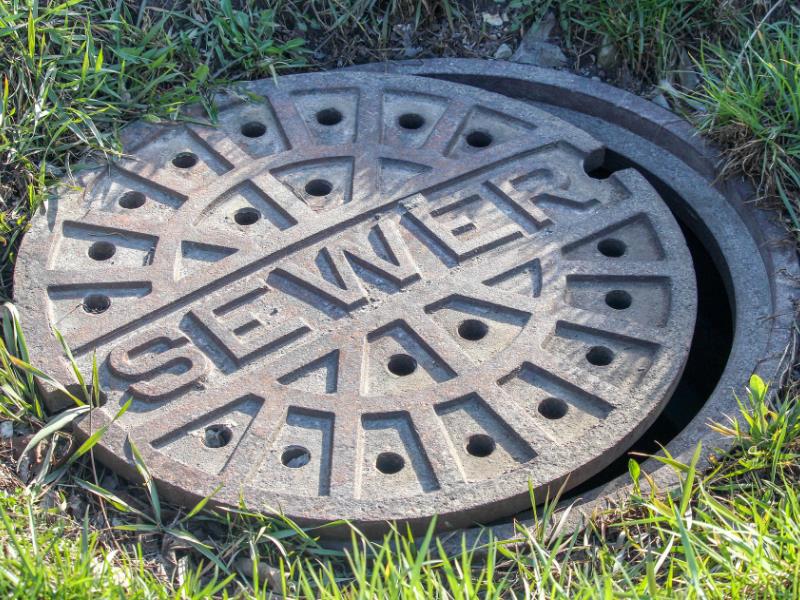Wastewater Disposal
Home / Wiki / Wastewater DisposalLast updated Wed 19 Jan 2022
Every drop of water that passes through a tap, shower head, or hose immediately becomes wastewater. This doesn't mean that the water has gone to waste, of course; that same water is used to clean your dishes, shower yourself, or water your garden. However, it is called wastewater because it cannot simply be returned to the water reservoir, and must first be treated instead.
What Turns Water Into Wastewater?
Creating wastewater is as simple as passing water through a process that creates change in the water's composition. Generally speaking, wastewater is composed of roughly 99% water, but the remaining 1% of additives can make it dangerous for consumption, which is why the water must undergo treatment. Any given domestic home can produce between 200 to 300 litres of wastewater per day for every member of the household, but fortunately, once it has been treated properly, that water can either be reused or returned to the land, rivers, or ocean to reclaim its place within the water cycle.

The outlet of a sewer system.
Sources Of Wastewater
Wastewater is generated from two key sectors: the residential sector, and the industrial sector. The residential sector produces domestic wastewater, and you can expect this wastewater to be generated by kitchen sinks, baths, or toilets. Domestic wastewater is commonly contaminated with human waste, cooking oils, and other organic matter, all of which needs to be carefully filtered out of the water before it can be returned to the water supply.
Industrial wastewater, or trade waste, can come from a much wider range of sources. In addition to the common domestic sources you might find in office buildings and factories, such as bathrooms or kitchens, industrial waste can also be generated as a by-product of the work performed in any given facility. For instance, if there is machinery present within a factory that requires water cooling, then the runoff will become wastewater. The wastewater generated in the industrial sector is generally more heavily contaminated, and must be filtered for heavy metals, pesticides, and other synthetic chemicals that can prove harmful to the human body.
Finally, stormwater is also considered to be wastewater, though the treatment process is generally much simpler. Stormwater is the runoff created by rain, and eventually funnels into various gutters and storm drains. Unlike domestic and industrial wastewater, though, stormwater is simply allowed to flow back out to sea untreated, and the water cycle continues.

A grate that leads to a local sewer system.
Wastewater Treatment
Here in Queensland, local governments are responsible for building, maintaining, and operating both sewerage systems capable of transporting wastewater from domestic and industrial sites to sewage treatment plants, as well as the treatment plants themselves. These systems, referred to as sewage reticulation, use pipes and pump stations to move wastewater around the city. Once the water has reached the treatment plants, it is rated by the Department of Environment and Science, and is only released back into waterways once it has reached a specified environmental standard. In rural environments, however, building and maintaining sewage systems on this scale can be impractical, forcing property owners to operate private sewage treatment systems in their place.
There are four main stages to the treatment of wastewater - the removal of solids, the removal of fine particles, the removal of nutrients, and disinfection. The first stage, the removal of solids, is as simple as passing the water through a series of increasingly-fine meshes, screens, and grit traps. Large solid objects are removed by the first screens, while the later grit traps target much smaller particles, such as sand.
Once the majority of the solids have been removed from the water, it is allowed to flow into a large tank, where a sludge will begin to form upon the bottom. This sludge is made up of both any remaining solids still present in the water, as well as the micro-organisms used in the second stage to remove them, and the sludge is easily separated from the water. Similarly, any grease and scum present will rise to the surface of the tank, where they are skimmed and removed.
Micro-organisms are temporarily introduced to the water, and their job is to consume and break down any remaining solid particles, including fine matter that can't be removed via grit traps and mesh screens. Fortunately, these micro-organisms generally settle into the sludge from the first step and are removed alongside the other waste - else, they will be removed as part of the fourth step.
With all solid matter now removed from the water, it is ready for the removal of any nutrients present, such as nitrogen or phosphorus. These nutrients can cause harmful algal blooms within the water that will either harm humans upon consumption or aquatic life upon the water's return to the environment and thus, it is best that these nutrients are removed now. At this stage, the wastewater has returned to its clear colour, and if it is released to the ocean or the rivers, then any remaining micro-organisms present will eventually die, and the wastewater is once again water.
However, if the water is destined for homes, then it must first be disinfected. Highly populated cities will typically opt to use a combination of chemical disinfectant and ultraviolet light to ensure the micro-organisms are killed quickly to meet demand, while rural cities may instead place the disinfectant in a large water reservoir and leave it there for weeks while it works.

Another grate that will lead to a local sewer system, though this one is large enough to allow a person access to the system.
Heidy Barbera
05 Dec 2025
Verified
I’m just a tenant at a rental property however I had Mitch come for 2 days to undertake some repair works! He was the most helpful, reliable and respectful person I have ever come to my house to do ... more
Rocky Scott
05 Dec 2025
Verified
THE GUY WAS VERY POLITE ,EFFECIENT, FAST AND STRAIGHT FORWARD , TOLD ME WHAT I NEEDED TO KNOW AND HE WAS GOING TO GET THE REALESTATE AUTHORITY BEFORE DOING ANY PROGRESS OR NOT ,HIS WORK ETHICS, MANNER... more
James Ogilvy
05 Dec 2025
Verified
We had the please of Mitch coming through to sort out a bunch of issues. His work is impeccable, and a genuinely great guy. Can not recommend highly enough!

We happily service all areas of Brisbane and beyond. Get in touch today.
And enjoy peace of mind with a dedicated team on call 24/7
